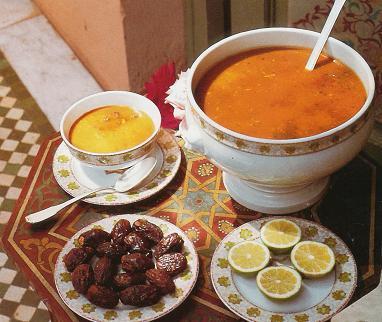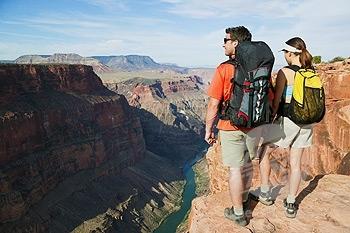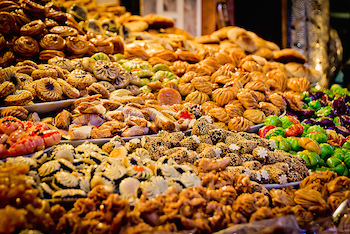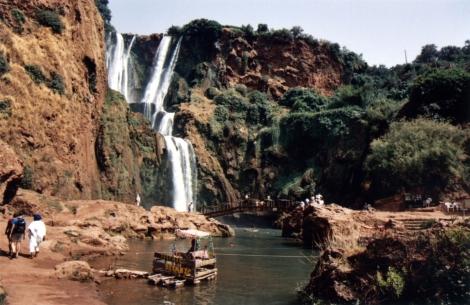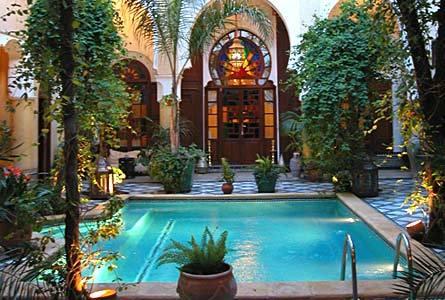Travel Zagora: Morocco’s Tamagroute Pottery Cooperative
Every day in Morocco potter’s hands mold the burnt orange clay, wheels turn and ceramic bowls bake in the heat. It’s a daily process. In the villages, woman head down to the river bank to dig the moist clay from the earth. Retracing their steps back home with full woven…




